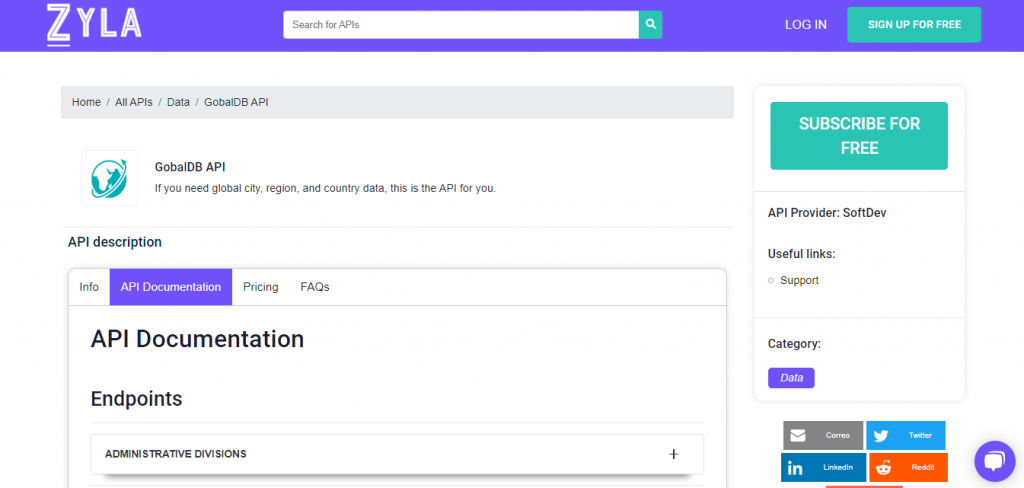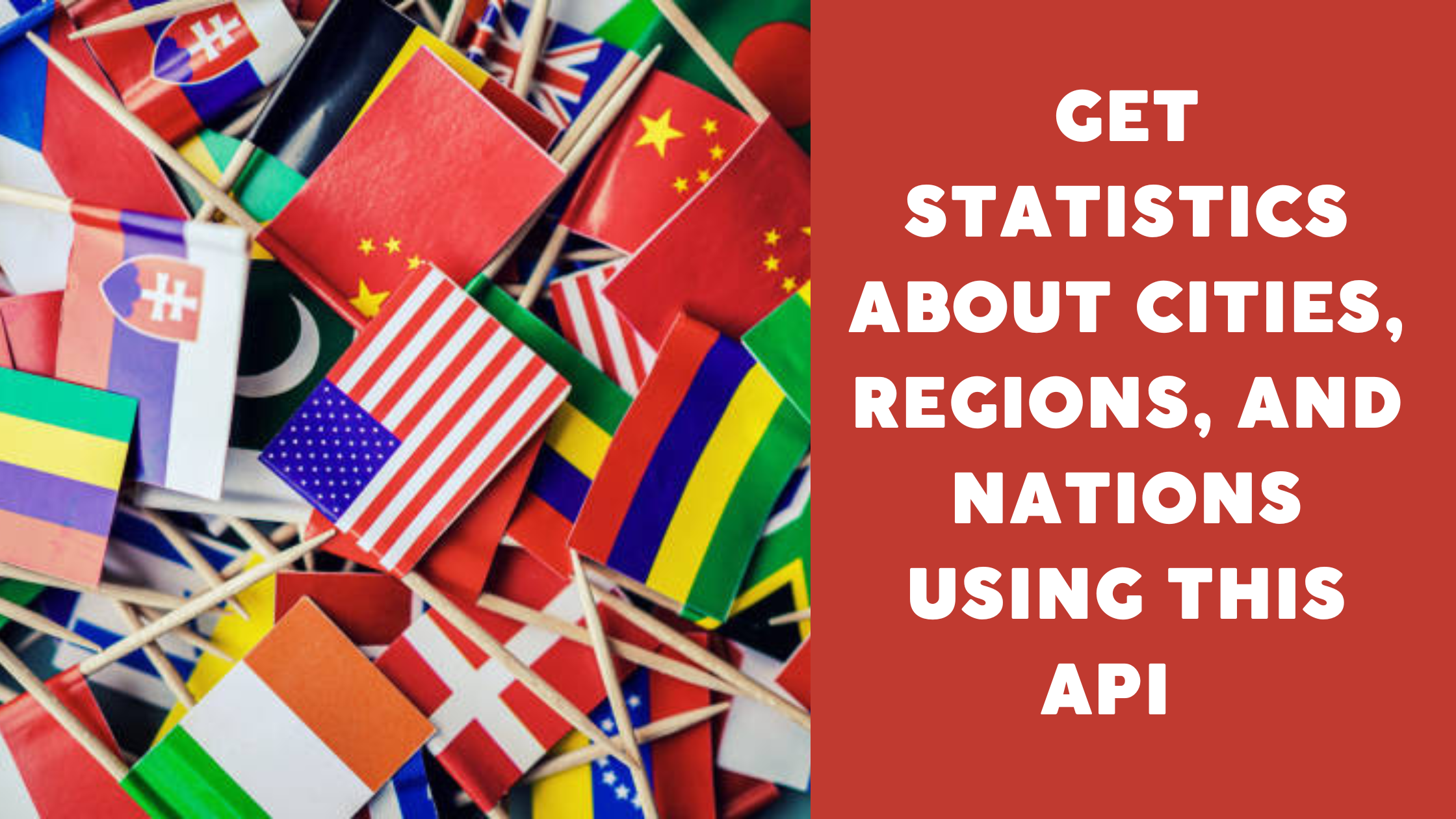To find statistics of any region database, read this post about this nations data API that will help you out!
Statistics is the science of data; it is concerned with the gathering, organization, structure, analysis, and display of information. These figures refer to a variable and unclear occurrence, such as the findings of demographic studies.
Population estimates are a set of data that connects population size and growth to the dynamics of the components involved (fertility, mortality, and migration), as well as the effects on its composition (by sex and age, place of birth, marital status, and household composition).
Sources of basic population statistics primary population data collection refers to information gathered directly by a researcher, statistician, or government agency from sources such as censuses, sample surveys, and so on.
Data collected is used to make critical decisions for a nation, an organization, or a family. This data includes information such as birth and death dates, as well as demographic details such as age, gender, annual income, occupation, language, and so on.

A country’s overall socioeconomic, economic, political, and cultural success is heavily reliant on population data. The quantity of persons in a population is not the only thing that may be learned about them. There is also information such as:
- Age: The age of a population can reveals a lot about what that group is doing and what it will do in the future.
- Location: One of the main reasons many countries conduct censuses is to find out where people live. Many government projects are also funded based on population trends. Person’s movements are also revealed by location data.
- Socioeconomic data: They help us understand the kind of people who live in various metropolitan areas, such as the high concentrations of cancer patients around certain industrial zones.
- Race: The demographic study of race is very contentious. There are no various “races” of humans, according to science. The distinction between Asians and blacks is analogous to that between those with brown eyes and those with blue eyes.
Statistics are something very important, they are used to carry out any type of measurement, whether mathematical or chemical, for marketing and sales or, as in this case, to measure the population of a region, city, town or even a nation. That is why we bring you Gobal DB API, an open software that will help you make population statistics in one place.
Get To Know Gobal DB API
Gobal DB API Visitors can use this software, which is a part of several Zyla Labs software solutions, to learn about the nations, regions, and cities throughout the planet, as detailed in the following section. This application allows you to specify a town’s minimum population, name prefix, nationality, location, and time zone (at this time over 500,000 towns, cities and counties).

Any combination of population, elevation, name, country code, and display country can be used to sort the data. The RESTful API adheres to industry norms and includes HATEOAS-style hooking for assistance site outcomes.
How To Use The Website
Just take the steps listed below to gain access to the Gobal DB API:
– Create an account with Zyla Labs online.
– Generate your own API access key, which is a combination of letters and numbers that will allow you to access our API endpoint.
– In the Authorization header, provide your bearer token to log into the GobalDB API REST API.
– Be on the lookout for the computer’s response. Keep in mind that the API searches for cities based on criteria. If no criteria are specified, the results will include all known cities with populations larger than 1000.
Suggested Platform For Population Parameters
This protocol should be utilized if you require global data for cities, regions, and nations. These apps are designed for specific audiences, such as geographers or geography aficionados, persons in need of demographic information, and so on. Users can find divisions by filtering by optional parameters. If no conditions are specified, all known splits with at least 1000 participants will be given.

